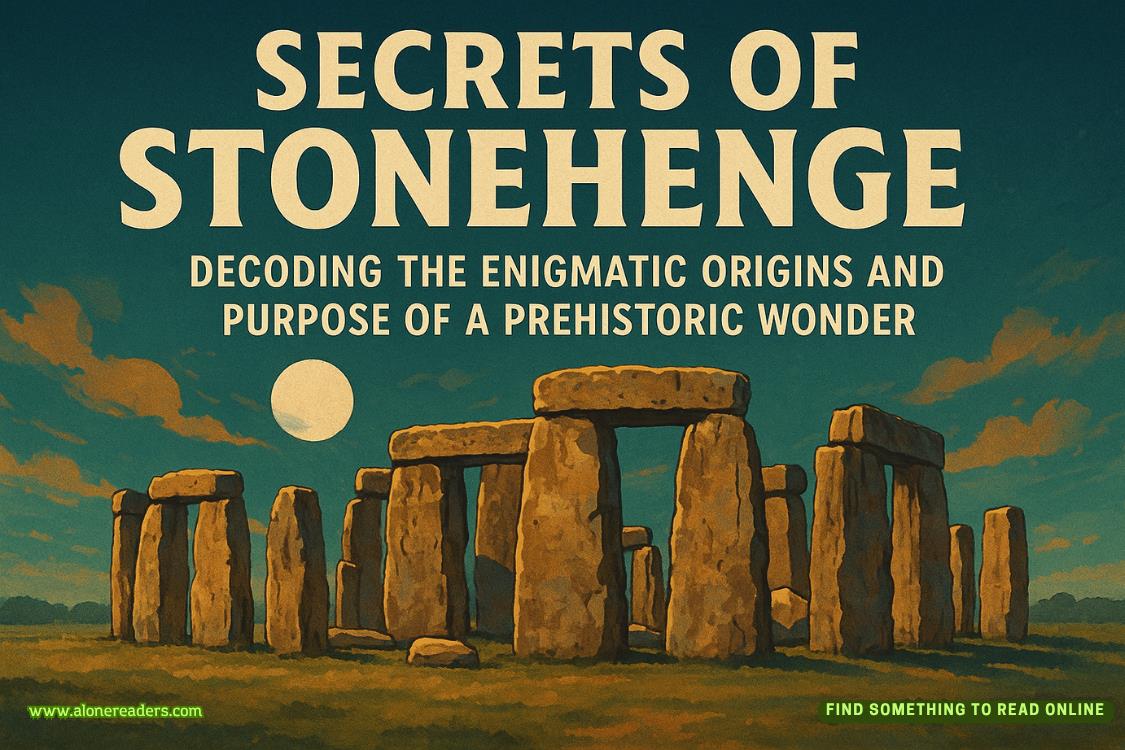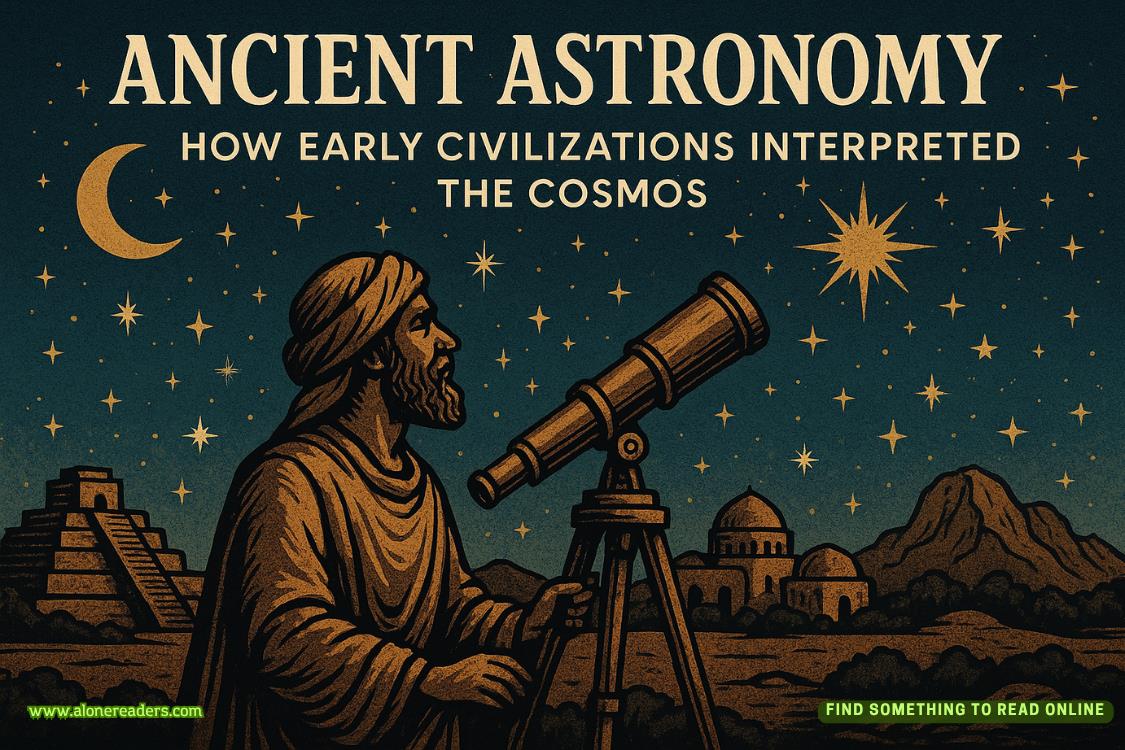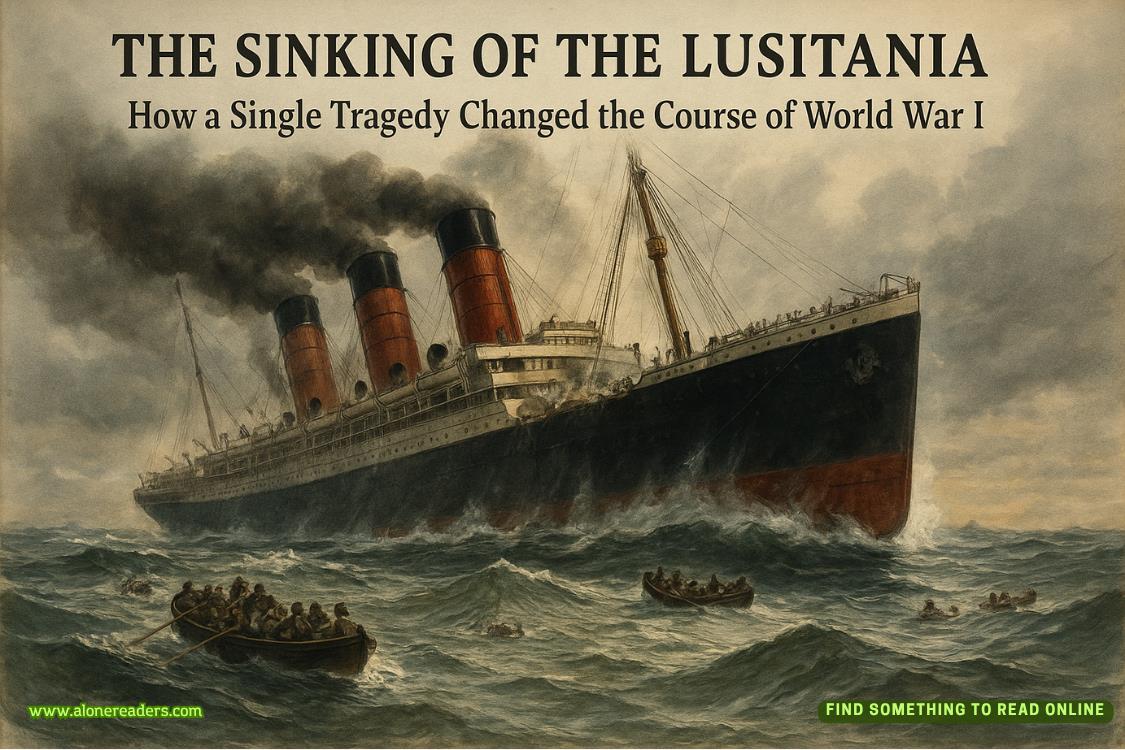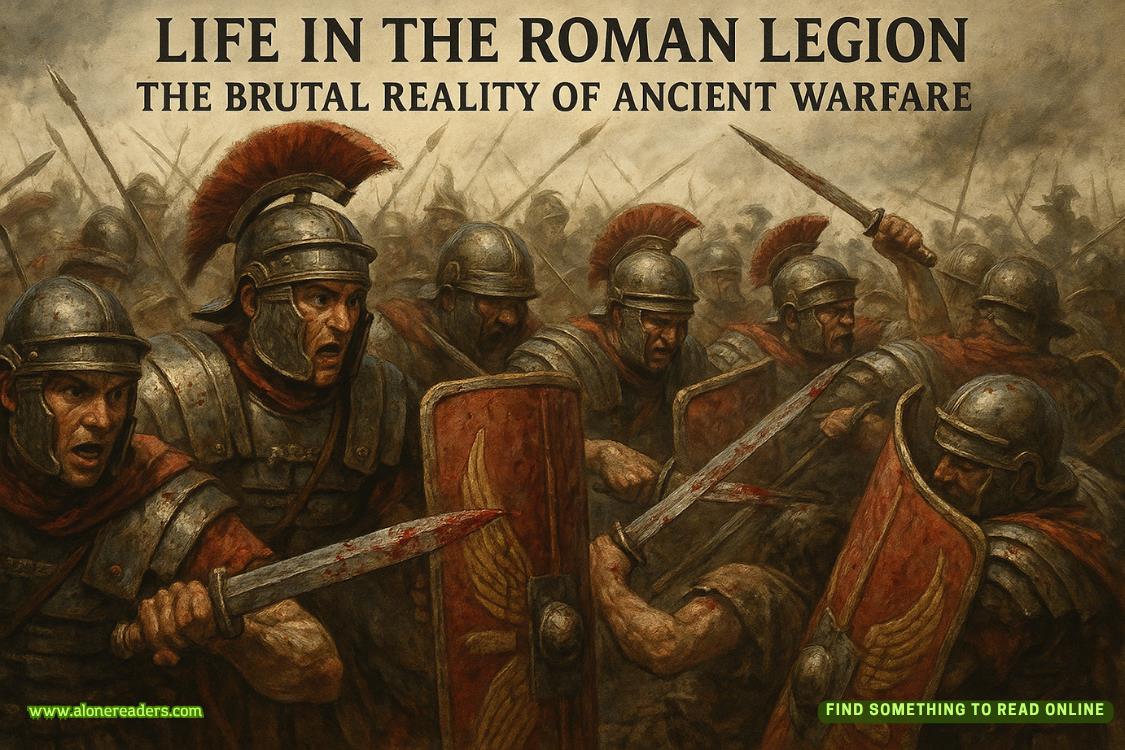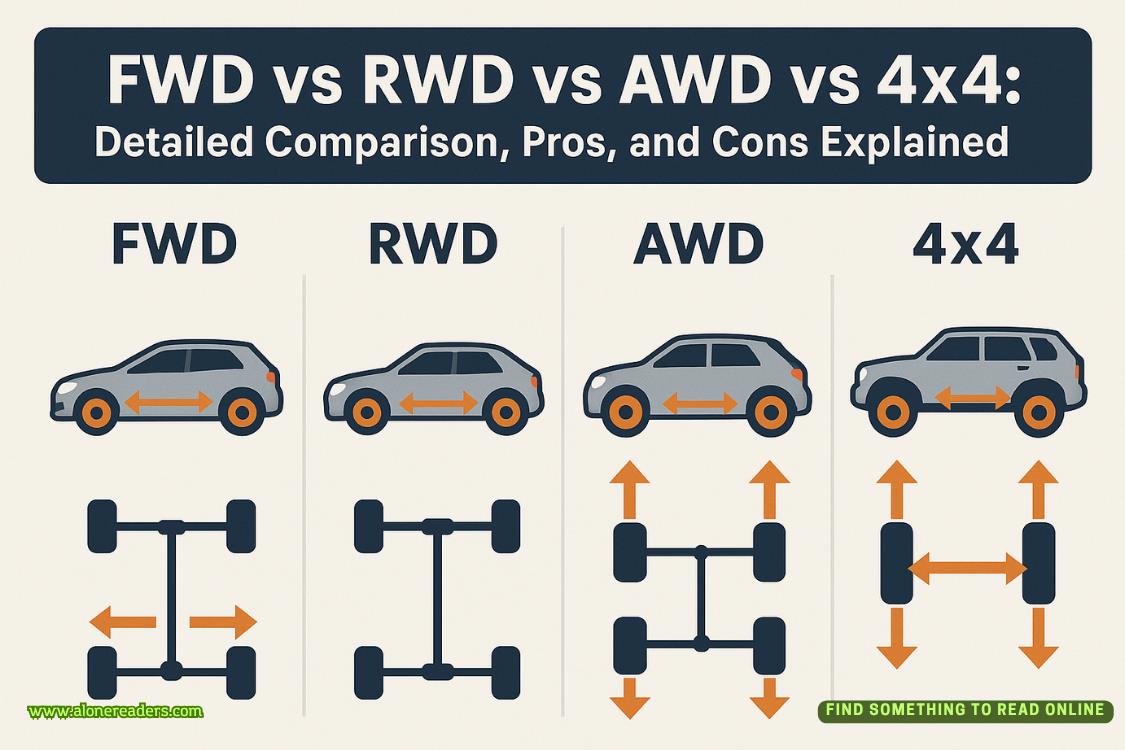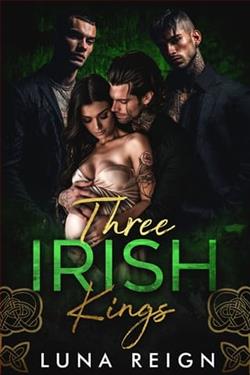Page 26 of The Other Mother
"Date of birth?"
I give her the information, along with my name and patient number. She puts me on hold again while she looks up my file. The hold music switches to a jazzy version ofSomewhere Over the Rainbowthat makes my teeth ache.
"Okay, I found your records," Mallory says when she comes back. "That request has to go through our Records department. There's currently a waitlist for comprehensive record requests. Two to three weeks, possibly longer depending on the complexity."
My chest tightens. "It's important. There's been a possible discrepancy."
Her voice changes slightly, becomes more cautious. "What kind of discrepancy?"
"I have questions about some of the documentation. About my daughter's physical characteristics."
"I'll make a note in your file that it's urgent," she says, but her tone suggests this won't actually expedite anything. "But requests are processed in the order they're received."
I hang up with shaking hands. Two to three weeks. Possibly longer. By then, any evidence of what really happened might be lost forever, buried in bureaucratic red tape and plausible deniability.
That night, I sit in the darkness of our bedroom, watching Eva sleep through the baby monitor. The screen shows her in grainy black and white, curled on her side in the crib Adam assembled so carefully before she was born. She looks peaceful, innocent, completely unaware of the doubts that are eating me alive.
I zoom in on the monitor screen, studying every visible inch of her. Her legs, tucked up against her chest. Her skin, pale and perfect in the infrared light. Her face, so small and defenseless it makes my chest ache with protective instinct.
"It's her," I tell myself, the words barely audible in the quiet room. "It has to be."
But the image on the monitor doesn't feel right anymore. Nothing about Eva feels entirely real, entirelymine. Every photo I've taken, every memory I have of her, feels contaminated by doubt.
I pick up my phone and find the photo with the birthmark. My finger hovers over the delete button. If I get rid of it, maybe I can convince myself I imagined the whole thing. Maybe I can go back to being a normal mother with normal worries about sleep schedules and feeding times.
I press delete. The photo disappears into the digital void.
Then, a beat later, I open the recently deleted folder and restore it.
Because some evidence is too important to erase, even when it's destroying your sanity.
14
A NAME ON A HEADSTONE
The afternoon heat shimmers off the asphalt as I drive slowly through the quiet residential neighborhood three miles from our house. I wasn't planning to be here, wasn't planning to follow anyone, but when I saw Mara walking down Mesquite Avenue with a small bundle of flowers clutched in her hand, something compelled me to pull over and trail behind her.
My hands grip the steering wheel so tightly my knuckles have gone white. Eva is at home with Adam, who came back early from his meetings to give me a break. He thinks I'm running errands at Target, picking up diapers and Aquaphor. Instead, I'm thirty yards behind a woman who may hold the key to everything that's been unraveling in my life.
Mara walks with purpose, her dark hair catching the desert sun as she moves past a strip mall with a nailsalon and a sandwich shop. She's wearing the same style clothes as always, jeans and a plain t-shirt that could belong to anyone. But there's something different about her posture today, something determined and sad that makes my chest tighten with anticipation.
She passes a small white church with a bell tower and turns onto a dirt path between two wrought iron gates. The gates are open, their black paint chipped and faded by years of desert weather. Beyond them, I can see weathered headstones and the distinctive twisted branches of creosote bushes scattered across the brown earth.
A cemetery.
I park my car on the street and get out, my legs shaky from adrenaline. The sun beats down mercilessly, and I can already feel sweat beginning to form along my hairline. I stay low behind a line of oleander hedges that separate the cemetery from the sidewalk, their pink flowers wilted from the heat.
Through the gaps in the hedge, I watch Mara walk deeper into the cemetery. Her footsteps crunch on the gravel path that winds between the graves. There's no one else around, just the low hum of traffic from the main road and the distant sound of a landscaping crew working somewhere beyond the fence.
The cemetery is small and obviously old, with headstones dating back to the early 1900s when this valley was nothing but desert and date palm groves. Some of the markers are elaborate granite monuments,while others are simple concrete slabs weathered smooth by decades of sandstorms and flash floods. Desert plants grow wild between the graves, barrel cacti, palo verde trees, and the ever-present creosote that can survive anywhere.
Mara stops at a small grave marker beneath a particularly large creosote bush. The bush provides some shade, its tiny yellow flowers creating a natural canopy over the modest headstone below. She kneels in the dirt, seemingly unbothered by the rocks and thorns, and places the flowers she's been carrying against the base of the marker.
From my hiding spot behind the hedge, I can't make out what she's saying, but her lips are moving. She stays in that position for what feels like forever, her head bowed as if in prayer. The sun beats down on both of us, but she doesn't seem to notice the heat.
I crouch behind a cracked stone angel that marks someone's grave from 1923.
Finally, Mara stands. She brushes the dirt from her knees and takes one last look at the grave before walking slowly back toward the entrance. As she passes my hiding place, she glances over her shoulder, and for a heart-stopping second, I swear our eyes meet through the hedge.
